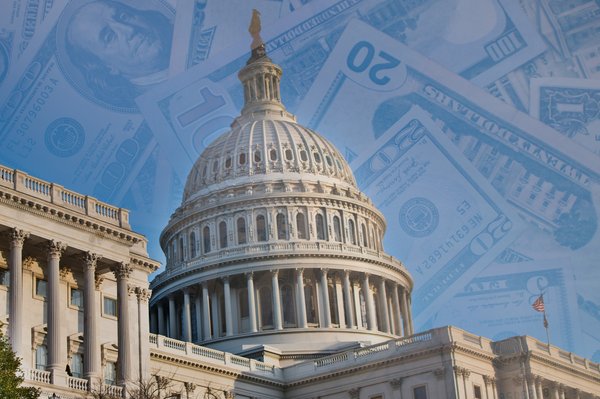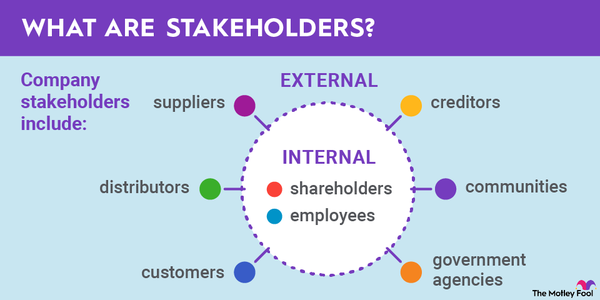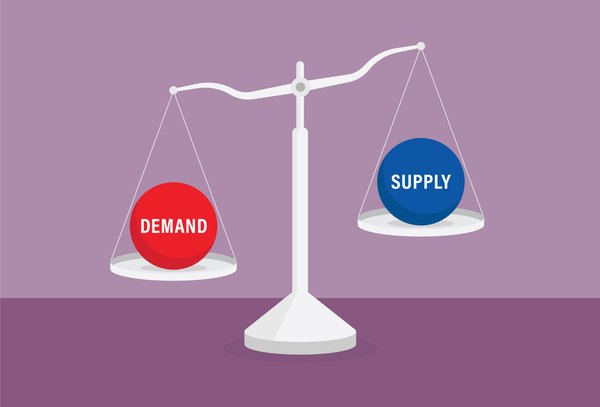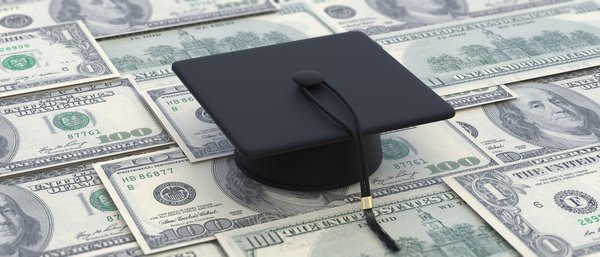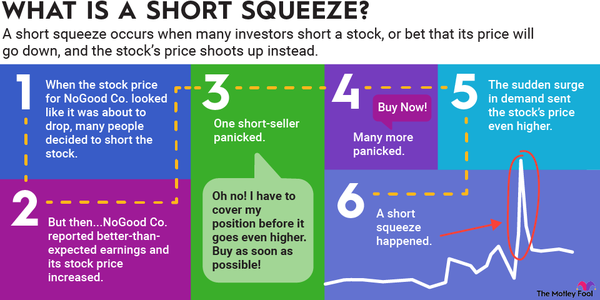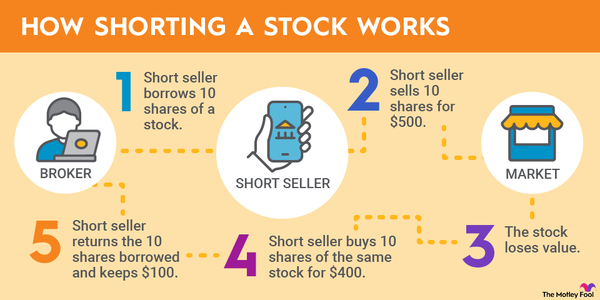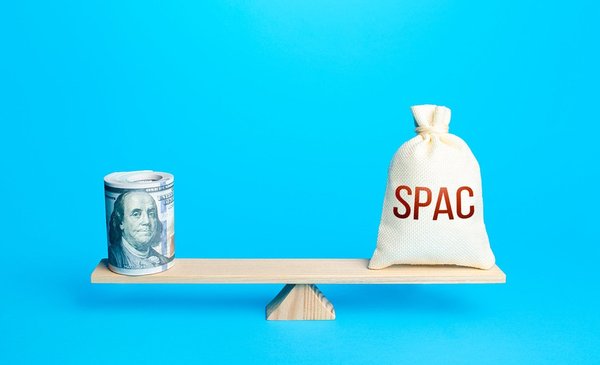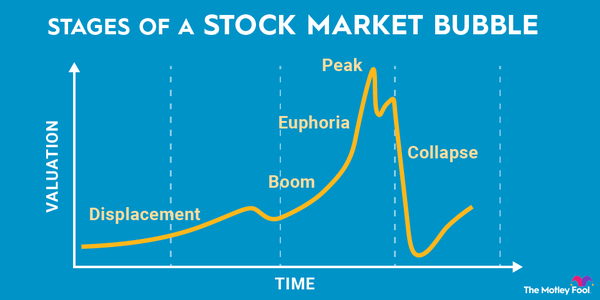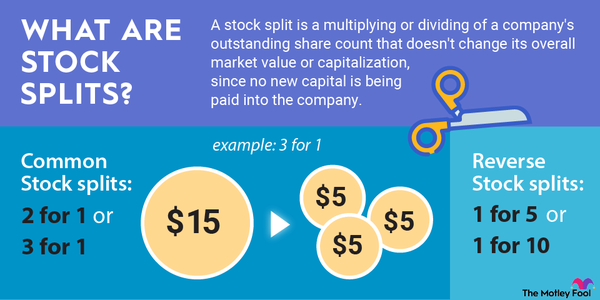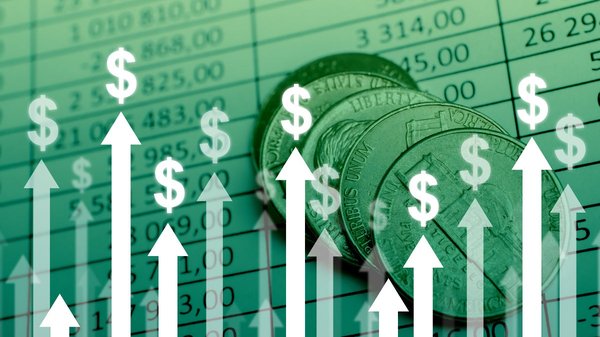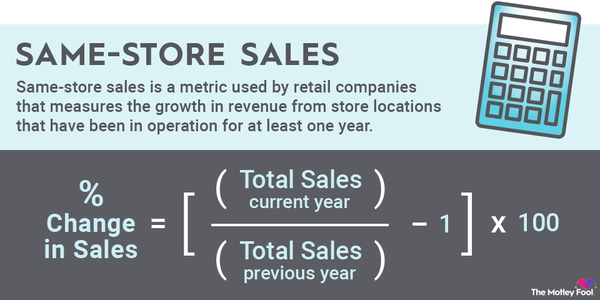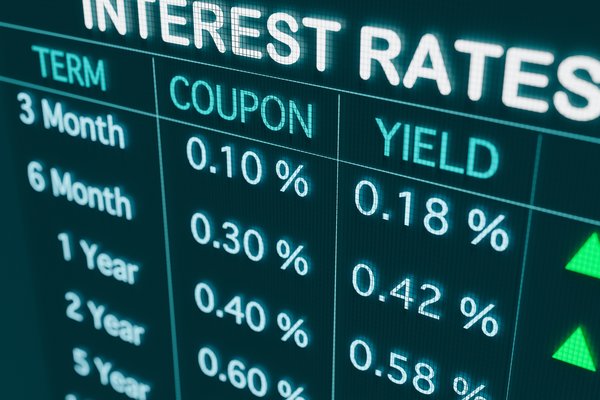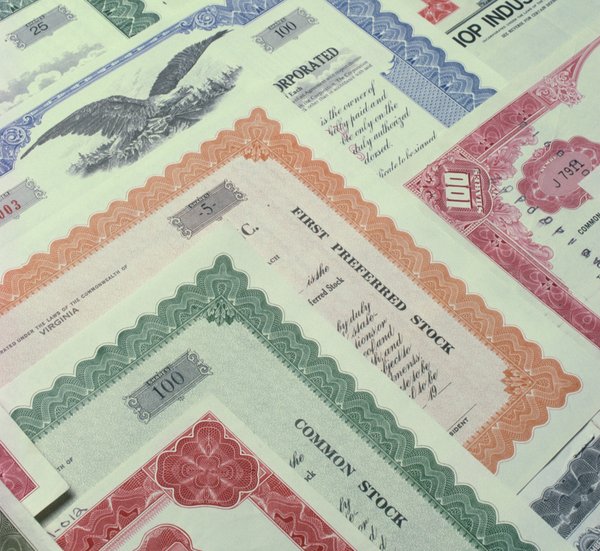Student loan forbearance is a temporary pause or reduction in required repayments on student debt. That may sound like a good solution for a cash-poor borrower, but a forbearance often makes full repayment more difficult. Let's discuss why that is, plus other important details to know about this debt strategy.

Understanding student loan forbearance
Overview
Borrowers who cannot afford their repayments may request a student loan forbearance from their loan servicer. If the forbearance request is granted, principal and interest payments are either reduced or paused for a maximum of one year. Typically, borrowers specify in the request whether they prefer a payment reduction or a temporary payment pause.
Interest accrues during the forbearance period and is added to the loan balance when payments resume. This increases fixed monthly payments and the total amount required to repay the debt. The accrued interest may or may not generate more interest over time, depending on the loan type.
General, mandatory, and private forbearances
Forbearance types
There are two types of federal student loan forbearances: general and mandatory. A general forbearance, sometimes called a discretionary forbearance, is made at the loan servicer's discretion upon request by the borrower. Direct loans, Federal Family Education Loans (FFEL) program loans, and Perkins loans are eligible for general forbearance.
The maximum duration of a general forbearance is one year. Borrowers can request an extension, but there is a cumulative limit of three years.
Mandatory forbearances must be granted by the servicer to borrowers who are eligible. Borrowers may be eligible if they:
- Have received a national service award while serving in an AmeriCorps position.
- Have qualified for partial repayment of the debt under the U.S. Department of Defense Student Loan Repayment Program.
- Have been accepted into a medical or dental internship or residency program, with additional requirements.
- Have been activated as a National Guard member, but are not eligible for military deferment.
- Have qualified for teacher loan forgiveness.
- Have federal student loan repayments totaling 20% or more of gross monthly income.
These requirements apply primarily to Direct and FFEL program loans. The mandatory forbearance for borrowers with high repayments relative to income is also available on Perkins loans.
Mandatory forbearances are granted for a maximum of one year. Borrowers can request another mandatory forbearance if they are still eligible when the first period expires.
The above forbearance guidelines only apply to federal student loans. Private student loan forbearances are always at the lender's discretion. Each lender sets its eligibility requirements, but full-time students, active-duty military, and unemployed borrowers often qualify. Private forbearance durations may be limited, and fees may apply.
Advantages, disadvantages, and alternatives
Pros & cons
The primary advantage of a student loan forbearance is the temporary pause in payments. The borrower can use the break to pay down other debts or raise income so repayments can be comfortably resumed in the future. As long as future payments are made as agreed, the forbearance should have no impact on the borrower's credit score.
The main disadvantage of a forbearance is the interest accrual. The added debt will raise fixed monthly payments and total loan cost, making it harder to repay later. Also, missed payments after the forbearance expires will affect the borrower's credit score. Repeated renewals of the forbearance could lead to loan default.
Two alternatives to forbearance are deferment and income-driven repayment (IDR) plans.
- Student loan deferment: Deferments pause loan repayments temporarily. On most loans, interest accrues and is added to the loan balance at the end of deferment. Depending on the loan type, the interest may be capitalized, meaning it will accrue more interest going forward.
- IDR plans: IDR plans customize the monthly repayment based on the borrower's discretionary income. Payments can be as low as $0. Any remaining loan balance at the end of the repayment period of up to 25 years is forgiven.
Related investing topics
Student loan forbearance by the numbers
By the numbers
To demonstrate how a forbearance works, let's consider a student loan balance of $20,000 that carries 6% interest, and has a 10-year repayment schedule. The monthly repayment, according to a loan calculator, is $222.04.
A one-year forbearance pauses the payment for 12 months but adds $1,200 to the loan balance when payments resume. The $1,200 is the interest accrued during the forbearance period, calculated as $20,000 multiplied by 6%.
If the forbearance expires without extension, the new balance of $21,200 can be repaid over 10 years. The monthly repayment would be $232.04 if the interest is not capitalized or $235.36 if the interest is capitalized. The debt will also take one year longer to repay since the forbearance extends the payoff schedule.







